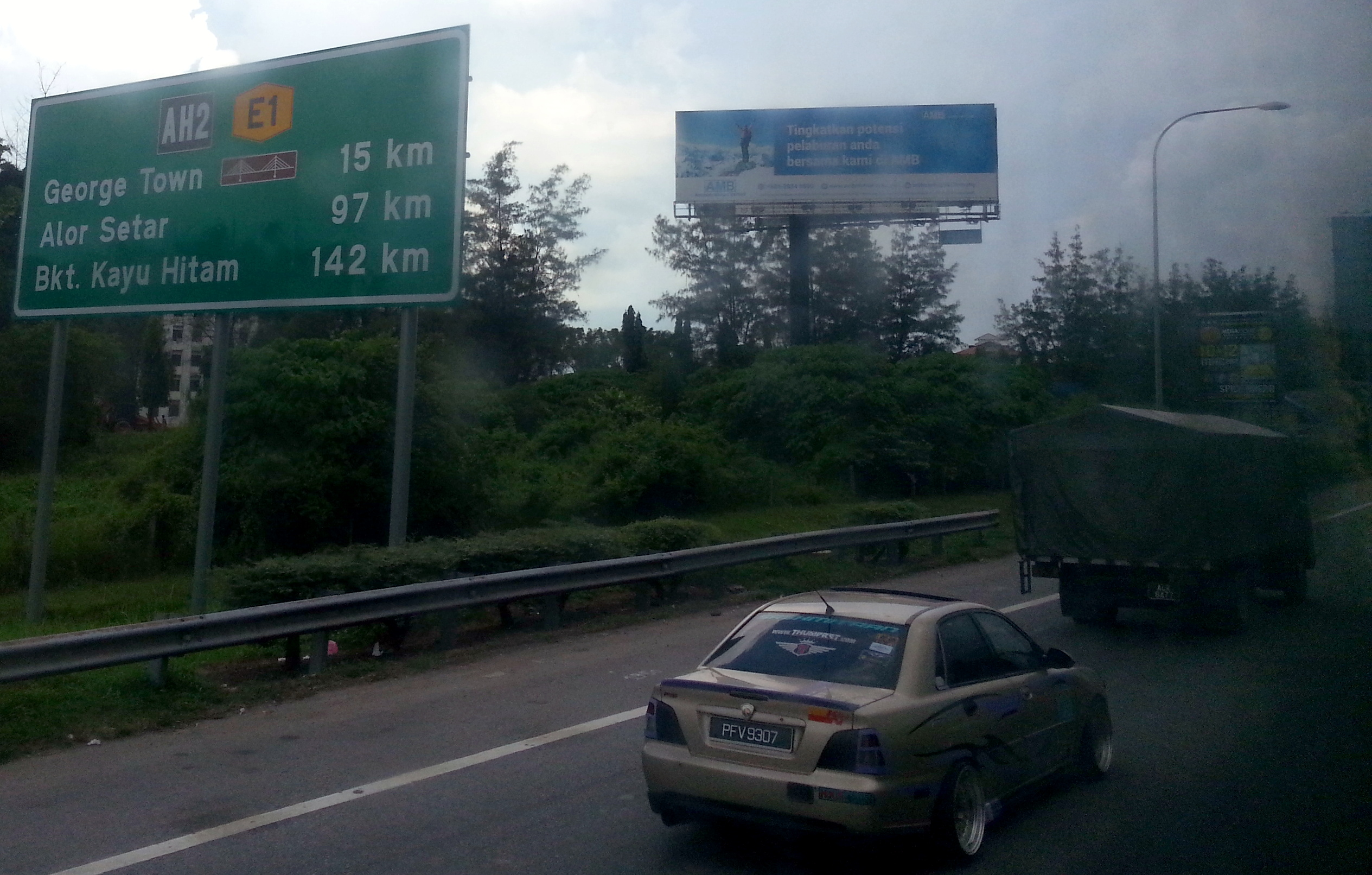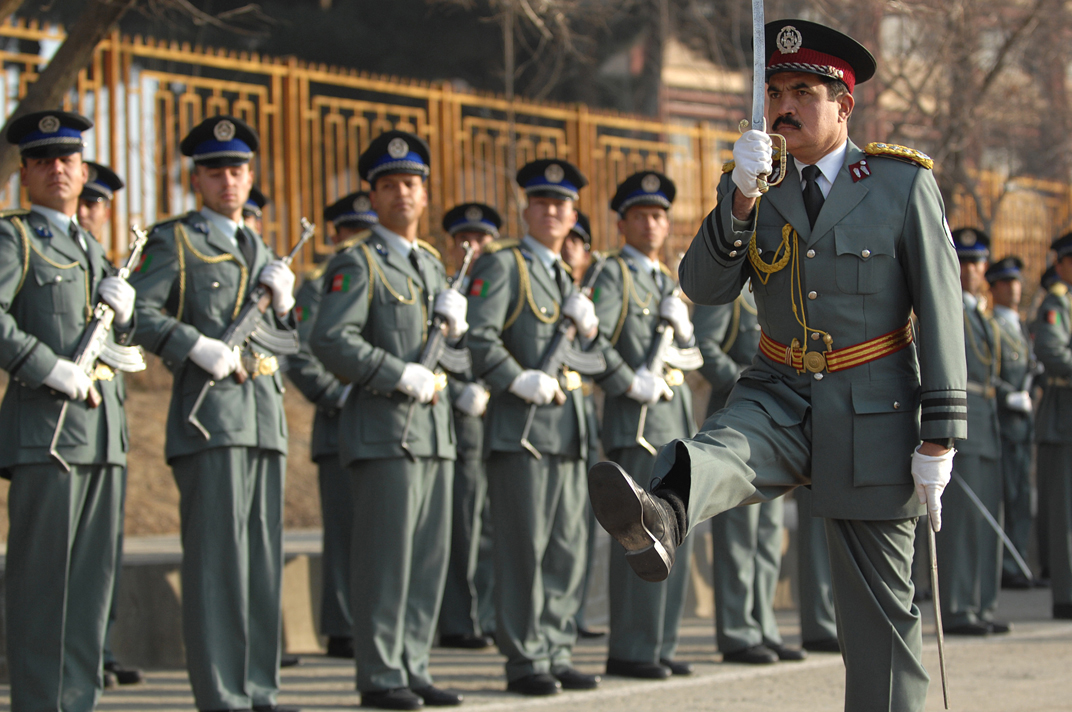|
Islam Qala
Islám Qala (Persian/Pashto: ÄÏÄ°ìÄÏì ììÄ¿ì, also ''Eslám Qalò¢eh''), known historically as Kafir Qala, is a border town in the western Herat province of Afghanistan, near the AfghanistanãIran border. It is the official entry by land from neighboring Taybad, Iran. Islam Qala is part of the Kohsan District in Herat Province and is linked to the city of Herat via the Islam Qala-Herat Highway. It plays an important role when it comes to the economy of Afghanistan because a substantial volume of trade between Afghanistan and other countries passes through this town. AH1 passes through the town, part of the Asian Highway Network leading from Tokyo, Japan to west of Istanbul where it connects to the E80 which reaches to Lisbon. The town has a population of about 16,408. The Afghan Border Police (ABP) secures the border while the regular Afghan National Police are in charge of all other law enforcement activities. The Afghan Armed Forces also have a small base at Islam Qala. ... [...More Info...] [...Related Items...] OR: [Wikipedia] [Google] [Baidu] |
Afghan Armed Forces
("The land belongs to Allah, the rule belongs to Allah") , founded = 1997 , current_form = , branches = * Afghan Army * Afghan Air Force , headquarters = Kabul , website = , commander-in-chief = Hibatullah Akhundzada , commander-in-chief_title = Supreme Commander , chief minister = Mullah Yaqoob , chief minister_title = Head of the Military Commission , minister = Mullah Yaqoob (acting) , minister_title = Minister of Defense , chief_of_staff = Qari Fasihuddin (acting) , chief_of_staff_title = Chief of Staff of the Armed Forces , commander = Amanuddin Mansoor , commander_title = Commander-in-Chief of the Air Force , age = 18 (voluntary) , conscription = , manpower_data = , manpower_age = , available = , available_f = , fit = , fit_f = , reaching = , reaching_f = , acti ... [...More Info...] [...Related Items...] OR: [Wikipedia] [Google] [Baidu] |
Asian Highway Network
The Asian Highway Network (AH), also known as the Great Asian Highway, is a cooperative project among countries in Asia and the United Nations Economic and Social Commission for Asia and the Pacific (ESCAP) to improve their connectivity via highway systems. It is one of the three pillars of the Asian Land Transport Infrastructure Development (ALTID) project, endorsed by the ESCAP commission at its 48th session in 1992, comprising Asian Highway, Trans-Asian Railway (TAR) and facilitation of land transport projects. Agreements have been signed by 32 countries to allow the highway to cross the continent and also reach to Europe. Some of the countries taking part in the highway project are India ( Look-East connectivity projects), Sri Lanka, Pakistan, China, Iran, Japan, South Korea, Nepal and Bangladesh. Most of the funding comes from the larger, more advanced Asian nations such as China, South Korea and Singapore as well as international agencies such as the Asian Development Ban ... [...More Info...] [...Related Items...] OR: [Wikipedia] [Google] [Baidu] |
Qala2
Qala or qal'a ( ar, ììÄ¿Ü, qalò¥a, fort, fortress, castle, links=no) may refer to: * Qala, Azerbaijan * Qala, Malta, a village on Gozo Island, Malta See also * Kala (other), Persian alternate spelling of Arabic ''qal'a'' * Qalat (other), places whose names contain the words Qalat, Qelat, Kalat, Kalaat, Kalut, or Kelat * Qalat (fortress) Qalat or kalata () in Persian,For the derivation of the Arabic term from the Persian, see Leslau (1987) p. 426, citing Fraenkel (1886) p. 237 and Belardi (1959) pp. 147-150. * Leslau, Wolf (1987). ''Comparative dictionary of Geò£ez (Classical E ... * Qila (other), Persian (Urdu, Hindi) variant of Arabic ''qal'a'' {{geodis ... [...More Info...] [...Related Items...] OR: [Wikipedia] [Google] [Baidu] |
KûÑppen Climate Classification
The KûÑppen climate classification is one of the most widely used climate classification systems. It was first published by German-Russian climatologist Wladimir KûÑppen (1846ã1940) in 1884, with several later modifications by KûÑppen, notably in 1918 and 1936. Later, the climatologist Rudolf Geiger (1894ã1981) introduced some changes to the classification system, which is thus sometimes called the KûÑppenãGeiger climate classification system. The KûÑppen climate classification divides climates into five main climate groups, with each group being divided based on seasonal precipitation and temperature patterns. The five main groups are ''A'' (tropical), ''B'' (arid), ''C'' (temperate), ''D'' (continental), and ''E'' (polar). Each group and subgroup is represented by a letter. All climates are assigned a main group (the first letter). All climates except for those in the ''E'' group are assigned a seasonal precipitation subgroup (the second letter). For example, ''Af'' indi ... [...More Info...] [...Related Items...] OR: [Wikipedia] [Google] [Baidu] |
Cold Semi-arid Climate
A semi-arid climate, semi-desert climate, or steppe climate is a dry climate sub-type. It is located on regions that receive precipitation below potential evapotranspiration, but not as low as a desert climate. There are different kinds of semi-arid climates, depending on variables such as temperature, and they give rise to different biomes. Defining attributes of semi-arid climates A more precise definition is given by the KûÑppen climate classification, which treats steppe climates (''BSk'' and ''BSh'') as intermediates between desert climates (BW) and humid climates (A, C, D) in ecological characteristics and agricultural potential. Semi-arid climates tend to support short, thorny or scrubby vegetation and are usually dominated by either grasses or shrubs as it usually can't support forests. To determine if a location has a semi-arid climate, the precipitation threshold must first be determined. The method used to find the precipitation threshold (in millimeters): *multiply ... [...More Info...] [...Related Items...] OR: [Wikipedia] [Google] [Baidu] |
Iran
Iran, officially the Islamic Republic of Iran, and also called Persia, is a country located in Western Asia. It is bordered by Iraq and Turkey to the west, by Azerbaijan and Armenia to the northwest, by the Caspian Sea and Turkmenistan to the north, by Afghanistan and Pakistan to the east, and by the Gulf of Oman and the Persian Gulf to the south. It covers an area of , making it the 17th-largest country. Iran has a population of 86 million, making it the 17th-most populous country in the world, and the second-largest in the Middle East. Its largest cities, in descending order, are the capital Tehran, Mashhad, Isfahan, Karaj, Shiraz, and Tabriz. The country is home to one of the world's oldest civilizations, beginning with the formation of the Elamite kingdoms in the fourth millennium BC. It was first unified by the Medes, an ancient Iranian people, in the seventh century BC, and reached its territorial height in the sixth century BC, when Cyrus the Great fo ... [...More Info...] [...Related Items...] OR: [Wikipedia] [Google] [Baidu] |
Law Enforcement In Afghanistan
Law enforcement in Afghanistan is one of three major components of the nation's criminal justice system, along with courts and corrections. The General Directorate of Intelligence (GDI) is the intelligence agency of the government of Afghanistan. The Afghan National Police, which includes the Afghan Border Police and the Afghan National Civil Order Police, was the police force of Afghanistan with jurisdiction that covers the entire 34 provinces of the country during the Islamic Republic period. The Islamic Emirate of Afghanistan currently relies on the Islamic Emirate Army to handle border protection and public order issues. The Afghan Border Police (ABP) was responsible for securing and maintaining the nation's borders with neighboring states as well as all international airports within the country. The mission of the Afghan National Civil Order Police (ANCOP) was to provide civil order presence patrols, prevent violent public incidents, and provide crisis and anti-terror resp ... [...More Info...] [...Related Items...] OR: [Wikipedia] [Google] [Baidu] |
Afghan National Police
The Afghan National Police (ANP; ps, Ä₤ ÄÏìĤÄÏìİĈÄÏì ì ìì ìƒììÜÄ°; prs, ìƒìÜÄ° ì ìÜ ÄÏìĤÄÏìİĈÄÏì), is the national police force of the Islamic Emirate of Afghanistan, serving as a single law enforcement agency all across the country. The Afghan Border Police, which has facilities along the nation's border and at international airports, is a part of the force. The ANP is under the responsibility of the Ministry of Interior Affairs in Kabul, Afghanistan, and is headed by Sirajuddin Haqqani. The Afghan police traces its roots to the early 18th-century when the Hotak dynasty was established in Kandahar followed by Ahmad Shah Durrani's rise to power. It became a strong organized force after 1880 when Emir Abdur Rahman Khan established diplomatic relations with British India. In the 1980s it began receiving training and equipment from the former Soviet Union. During the presidency of Hamid Karzai, several government agencies from the United States as well as ... [...More Info...] [...Related Items...] OR: [Wikipedia] [Google] [Baidu] |
Afghan Border Police
The Afghan Border Force (ABF) was responsible for security of Afghanistan's border area with neighboring countries extending up to into the interior and formed part of the Afghan National Army. In December 2017, most of the Afghan Border Police (ABP) personnel of the Afghan National Police were transferred to the Afghan National Army to form the Afghan Border Force. The ABP retained 4,000 personnel for customs operations at border crossings and international airports such as checking documents of foreigners entering the country or deporting them. The ABF's, and its predecessor the ABP, anti-narcotic efforts were a prominent concern to the international community during the War in Afghanistan. The ABF, and the ABP in its former role, patrolled a 50 km-wide corridor along the entirety of Afghanistan's border, particularly the long and porous Durand Line border in the southeast with neighboring Pakistan. Organization The ABP fell under the command of the Afghan National Po ... [...More Info...] [...Related Items...] OR: [Wikipedia] [Google] [Baidu] |
Lisbon
Lisbon (; pt, Lisboa ) is the capital and largest city of Portugal, with an estimated population of 544,851 within its administrative limits in an area of 100.05 km2. Grande Lisboa, Lisbon's urban area extends beyond the city's administrative limits with a population of around 2.7 million people, being the List of urban areas of the European Union, 11th-most populous urban area in the European Union.Demographia: World Urban Areas - demographia.com, 06.2021 About 3 million people live in the Lisbon metropolitan area, making it the third largest metropolitan area in the Iberian Peninsula, after Madrid and Barcelona. It represents approximately 27% of the country's population. [...More Info...] [...Related Items...] OR: [Wikipedia] [Google] [Baidu] |
.png)






